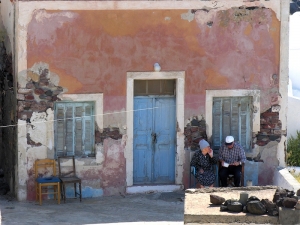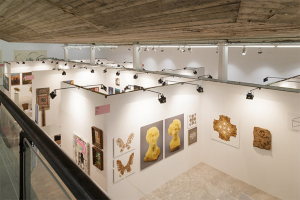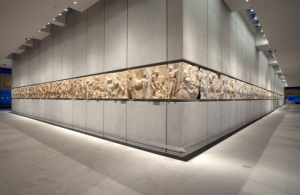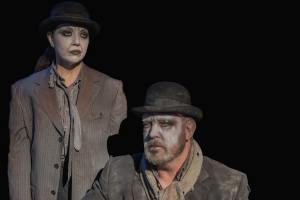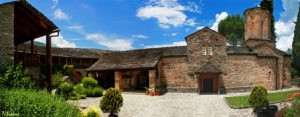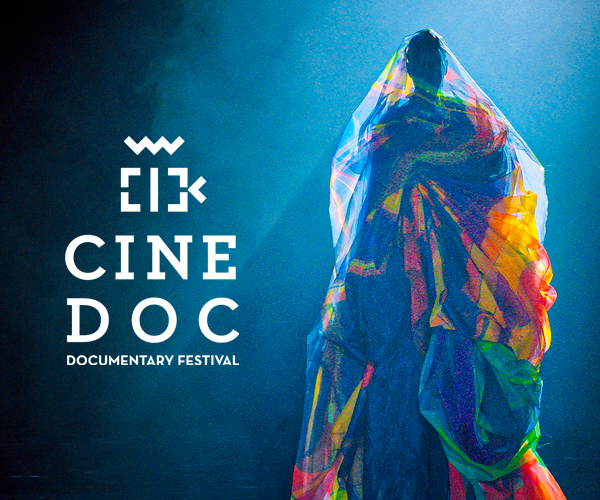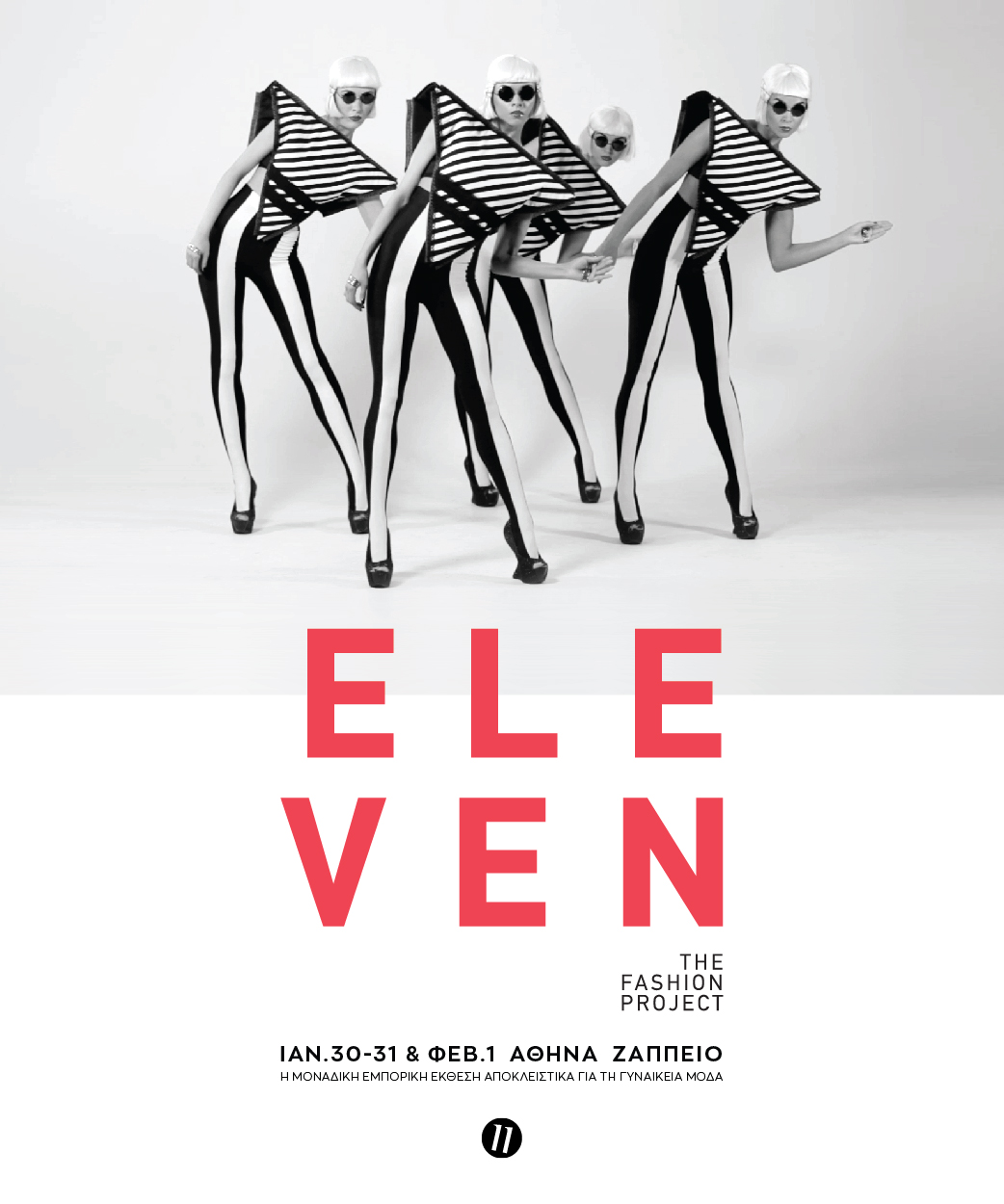XpatAthens
Toasted Chickpeas (Stragalia/Στραγάλια)
Behind The Scenes Of Greece's Disappearing Whistle Language
Art Athina 2019 Aftermath
Throughout these 4 days, the biggest art festival in Greece organized by the Hellenic Art Galleries Association and Art Director Stamatia Dimitrakopoulou, managed to impress the public with its artists and galleries. It wasn't just a festival showcasing Greek modern art, but a celebration.
Even from the first hours after the big opening, Zappeio Hall was filled with people. However, the biggest moment was that of the opening where the President of The Hellenic Republic, Mr. Prokopis Pavlopoulos, was present and supported Art Athina mentioning that the organizers have contributed a lot to art, in Athens and Greece in general, but even more to culture. He was also aware of the conditions under which the institution was created and, above all, was kept alive and thrived even during the crisis. For him, cultural creation is an act of resistance against any kind of corruption that threatens man.
Also present at the opening was Mayor of Athens, Kostas Bakogiannis, while amongst the visitors were many high-profile people, such as the Minister of Education and the Minister of Foreign Affairs.
The galleries that participated in the 24th Art Athina:
a. antonopoulou.art (Athens), Agathi Kartalos (Athens), Alibi (Athens), Alma Contemporary Art Gallery (Athens- Trikala), Anna Pappas Gallery (Μελβούρνη), Argo Gallery (Athens), Αrt Appel Gallery (Athens), Arusha Gallery (Scotland), Astrolavos Art Galleries (Athens), Cheapart (Athens), Citronne Gallery (Athens), Crux Gallerie (Athens), Donopoulos International Fine Arts (Thessaloniki), ekfrasi-yianna Grammatopoulou (Athens), Eleftheria Tseliou Gallery (Athens), Eleni Koroneou Gallery (Athens), Epsilon Art Gallery (Loutraki), Evripidis Art Gallery (Athens), Gallery “7” (Athens), Gallery Art Prisma (Pireaus), Gallery d’ Arte (New Jersey) Genesis Gallery (Athens), i-D Projectart (Athens), Ikastikos Kiklos Sianti (Athens), Ileana Tounta Contemporary Art Center (Athens), Kalfayan Galleries (Athens-Thessaloniki), kaplanon5 art gallery (Athens), Mihalarias Art (Athens), N, Papatzikou Gallery (Veria), PeriTechnon Karteris (Athens), Renatino Gallery (Cyprus), Skoufa Gallery (Athens), Skoufa Gallery Mykonos (Mykonos), Τechnohoros Art Gallery (Athens), The Breeder Gallery (Athens), Zina Athanassiadou Gallery (Thessaloniki).
Welcoming The Digital Citizens' Academy
Originally posted in Greek on nationaldigitalacademy.gov.gr
5 Family-Friendly Museums In Athens
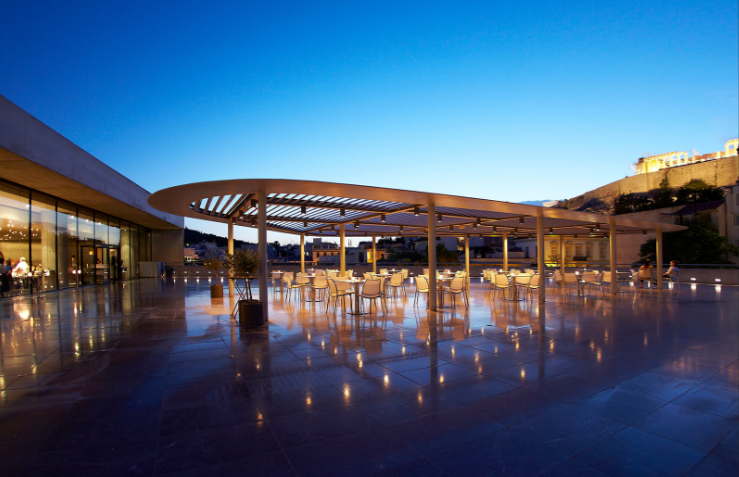
Courtesy: The Acropolis Museum
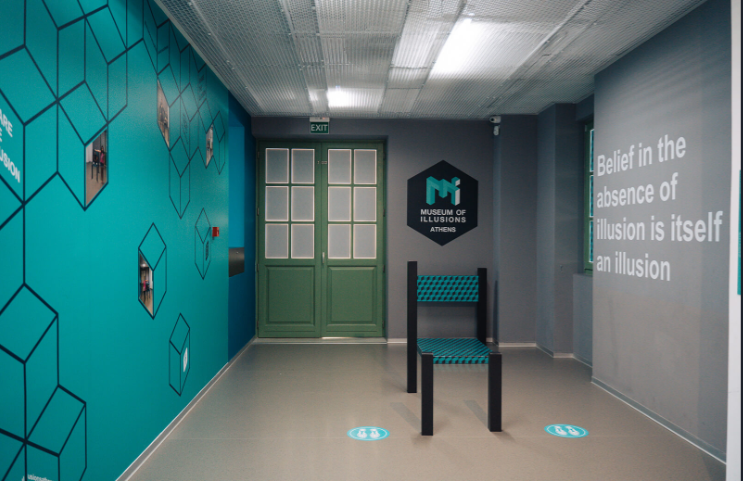
Credit: Amalia Kovaiou
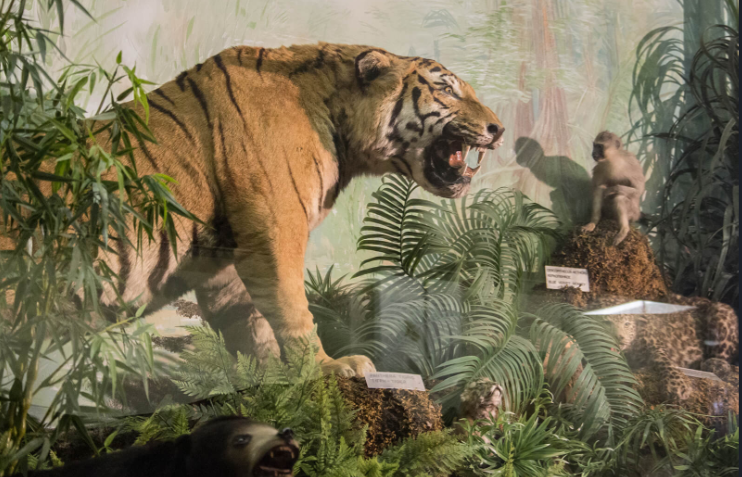
Courtesy: Goulandris National History Museum
Whether you've just arrived in town – or have been here for years – Athens always has new secrets to share!
First L'Etape Greece by Tour de France to Take Cyclists on Scenic Route from Ancient Olympia
the L'Etape Greece by Tour de France promises to be an unforgettable experience for anyone who loves cycling or who simply wants to explore the beauty of Greece in a unique and exciting way. With stunning scenery, challenging routes, and a vibrant atmosphere, this event is sure to be a highlight of the 2023 cycling calendar.
Introducing Athens' New Cultural Hub: Theatre Of The NO
Enter the Theatre of the NO, located in the Plateia Vathis area of Metaxourgio. This dynamic new venue boasts a diverse ensemble of Greek and international actors, united by a shared passion for the theater of the absurd. Here, audiences can expect a captivating repertoire that spans the spectrum from classic to contemporary, with a dash of experimental flair thrown into the mix.
Upcoming Program at Theatre of the NO:
- April 18 - May 13: "Waiting for Godot" by Samuel Beckett
- May 17 - June 24: "Lust Lunch" by Yoel Wulfhart
- June 28 - August 5: "Venus in Fur" by David Ives
- August 9 - September 16: "Focus Group / Resistance in the Time of Peace" by Marco Di Stefano / Jibbe Willems
- September 20 - October 28: "Bachelors and Bachelorettes" by Hanoch Levin
- November 1 - December 9: "I am the Labyrinth" by DarkplayTheatre Theatre for thinking people
How To Obtain A Greek Tax ID (AFM) As An Expat Or Non-Resident In Greece
This nine-digit number, pronounced "AFIMI" in Greek, is something you’ll use regularly for tasks such as:
- Getting a Greek phone number in your name.
- Leasing a home or property.
- Logging into TAXISnet to interact with government systems.
- Filing taxes and generating tax certificates.
- Purchasing property or a car.
- Completing many other daily tasks.
- A copy of your passport.
- First and last names of your parents.
- Your home address (outside Greece) and temporary address in Greece (if applicable).
- Your foreign tax number.
- Your mobile phone number.
- An authorization form if you are appointing a tax representative to apply on your behalf.
This content has been created in collaboration with Tsaks Consulting.
WHEN: Towards A Future Of Equality & Opportunity
- Curiosity & Openness
They continuously seek out new knowledge, embrace diverse perspectives, and are unafraid of moving beyond familiar boundaries. - Empathy & Cooperation
They believe lasting change comes through caring relationships and collective action. That’s why they've cultivate safe, supportive spaces where collaboration flourishes. - Focus & Impact
Careful planning and attention to detail ensure that every initiative maximises its positive effect.
- Mentoring: One-on-one guidance that opens doors and expands horizons.
- Training: Courses on employability, entrepreneurship, leadership, and financial well-being.
- Communities: Safe and inspiring spaces that encourage peer support, resilience, and collective growth.
- Diversity & Inclusion Strategies: Designing and implementing fair and effective policies.
- Capacity Building: Training employees and managers to foster inclusive environments.
- Impact Measurement: Assessing initiatives to ensure they deliver real results.
- Research: Mapping the realities of women’s professional and public lives in Greece.
- Educational Programs: Supporting teachers in promoting equality in schools.
- Awareness Campaigns: Inspiring public dialogue and mobilising communities toward inclusion.
- Co-working areas with flexible and dedicated desks.
- Private offices and meeting rooms for small teams or collaborations.
- An event space for workshops, gatherings, and talks.
- A podcast studio for storytelling and creative projects.
- The Mini Hub, a playful and creative space for children aged 0–12, allowing parents to balance professional and family life.
Meet WHEN's Founders
At the core of WHEN’s success is a dedicated team of women who combine expertise, creativity, and a deep commitment to social change.
-
Stella Kasdagli – Co-founder, Head of Research & Strategic Partnerships
A writer, translator, and trainer, Stella leads WHEN’s research programs and partnerships. She has authored several books and designed impactful initiatives to remove barriers women face in the workplace.
Read our interview with co-founder Stella Kasdagli HERE! -
Pinelopi Theodorakakou – Co-founder, Head of Empowerment & Training
With a background in communications and PR, Pinelopi now designs and oversees training and empowerment initiatives, helping individuals and organisations embrace equality and inclusion.
Visiting The Monastery Of Molivdoskepasti At Konitsa
250m from the Greek-Albanian borders and 15 km from the town of Konitsa, next to the quiet Aoos river, the monastery of Molivdoskepasti imposes its lively presence. Molivdoskepasti is a peaceful and beautiful border village. The history of the monastery goes back in the Byzantine era. Its founder was the Byzantine emperor Constantine Pogonatos.
Molivdoskepasti monastery (active even today) owes its name to the lead roof once had (molivdos means lead in Greek, molivdoskepasti means “with a roof of lead”). The lead was stolen by invaders and it was then replaced by slates.
The construction of the nave itself uncovers at least 3 phases: the small three-cornered space with the dome (11th century) the cross-roofed hall from the 14th century, and finally the open narthex which is separated from the main church by a wooden door carved with representations from the Bible, an exquisite symbol of Byzantine art. The stone remnants come from the 14th centrury onwards. The hagiographies are from the 16th century.
The monks there were very busy cleaning and preparing the Monastery for the big day – the 15th of August which is a Great Religious Day for all Christians. Many women from the village, but also from other places were busy also, helping the monks there.
We were offered (lukumia) delights and cold water. A plastic bag full of freshly cut tomatos were given to the driver of the coach by a monk, for any one of us who wished to have one.
Author: Greekcypriot; excerpts, edited by Greece Travel Blog
Source: Greecetravelblog.com


